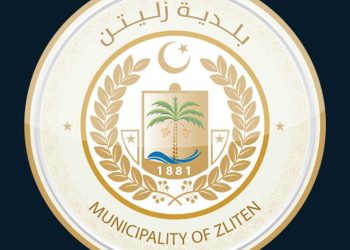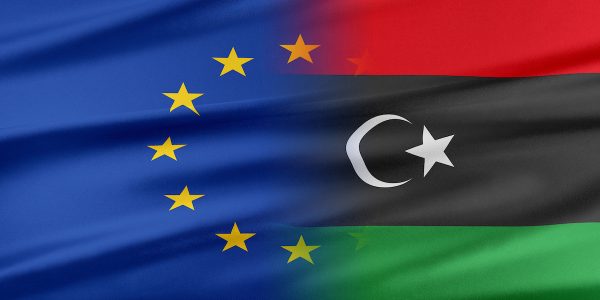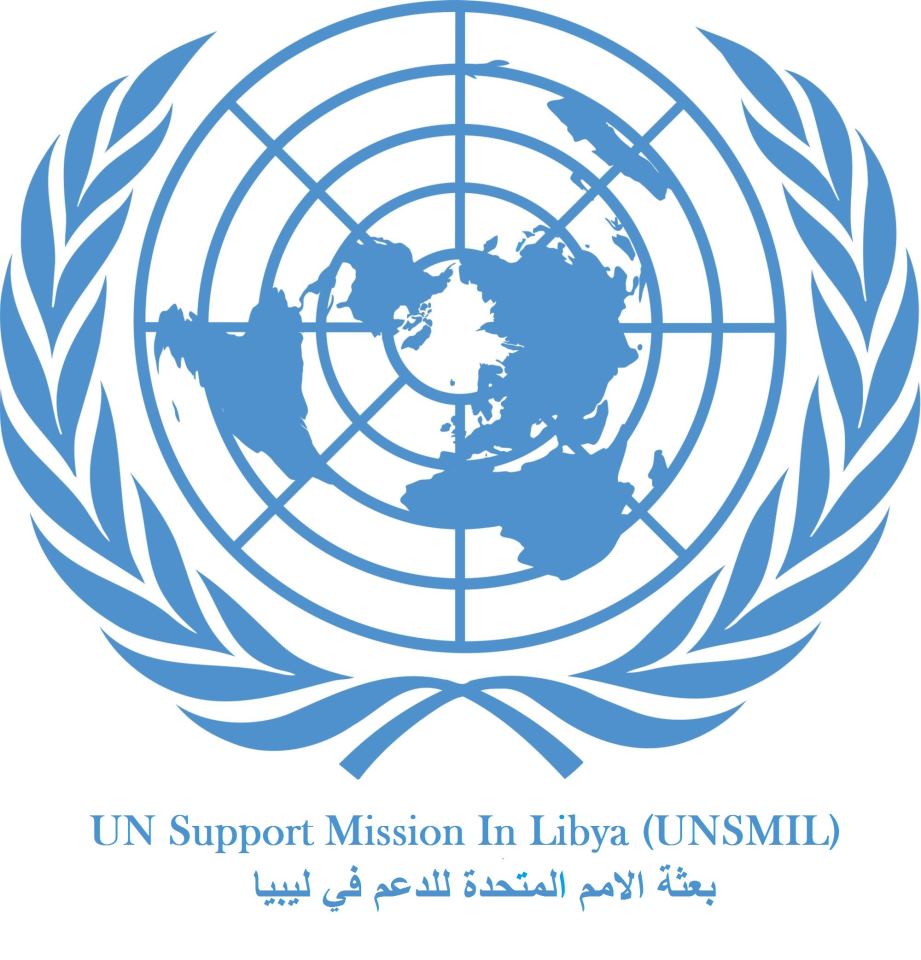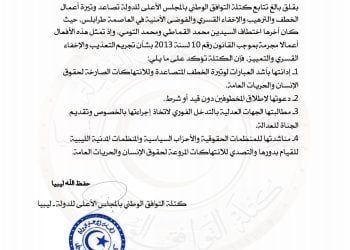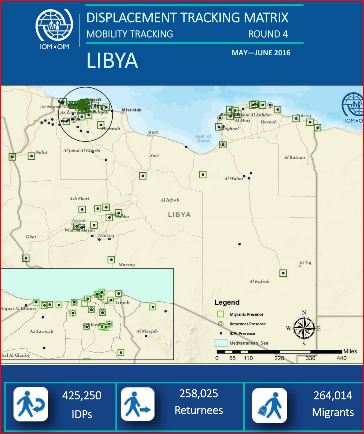By Libya Herald correspondent.

Misrata, 21 June 2016:
The left side of Ramadan As-Sadaoui’s head is blue. He took a bullet from an Islamic State (IS) sniper. It entered his left cheek and it is still inside his head. He can barely talk. For the moment he does not need to. His four companions in the same ward in Misrata Central Hospital, all injured fighters like him, tell the same story of what they call IS’ “dirty war”.
Baha Al-Mahrog is a member of Fursan Janzour brigade. He was injured on 16 June by a suicide car bomb in Zaafran roundabout, the west entrance of Sirte. “I have fragments in my right pelvis,” he says. “The doctors told me it’s serious. I haven’t had surgery yet because the doctors fear I’ve an infection.” Baha Al-Mahrog cannot recall much about what happened. He just remembers a truck driving fast from trees to the sand block which protects the fighters at around 2 am that day. “The previous night, a car came the same way but we managed to stop it,” he told the Libya Herald.
Like many of his brothers in arms, Baha al-Mahrog fought during the battle of Sirte in 2011 against Qaddafi’s forces. “This war is far more difficult because IS uses dirty methods like suicide car bombs or snipers, and they will fight until they die.”
Since the beginning of Bunyan Marsous operation, not counting today’s massive toll, 170 fighters have been killed and more than 700 injured.
“In war, the worst are head injuries and amputation cases which are exactly the kind of injuries caused by snipers and suicide car attacks”, said Said al-Mihishi, who is both a doctor and a fighter.
Misrata Central Hospital would not allow journalists to take photos partly because of the horrific injuries of the wounded but also because of the poor conditions it is having to operate under.
“We have a shortage of everything – anesthetic drugs, antibiotics, and much more,” Dr Mohamed Al-Ajnaf said.
“We suffer as well from a lack of nurses. We have one nurse for 30 patients in the surgery unit”.
Sixty percent of the nurses, mainly from Philippines, had left Libya, he noted. A programme has been launched among the students to enroll 60 of them as nurses.
The hospital itself is too small to treat all the patients. A lobby has been closed off to provide more bed space. Only the emergency building is open because the other buildings are unfinished; the construction company left in 2011.
Abdelaziz Issa, the spokesperson of the hospital, prefers to focus on the good points. “Serraj’s government promised us LD 3 million. So far we’ve had LD 1 million and we’ve received two containers of supplies out of three provided by the [National] Salvation Government [of Khalifa Ghwell]. Both authorities want to show they’re helping in the fight against IS. We take everything.”
In the field hospital, 13 kilometres west of Sirte, the working conditions are worse. “We have 12 doctors but most of them are actually student doctors. We lost a lot of equipment [including a fully-equipped truck for surgeries] when IS bombed the field hospital’s previous location on 12 June,” Dr Mustafa Shkorfo expained. Worse, there were not enough medical supplies to prevent haemorrhaging which meant that most of the fighters developed infections in the field hospital while waiting to be taken to Misrata.
Complaints from fighters about the situation are growing.
“My brother needs treatment abroad but instead he has been waiting in this room for a week. No one helps us,” complains Omar, Ramadan As-Sadaoui’s brother.
Angry fighters went last week to a local hotel where the municipal council was meeting meet to ask for more help. The tension was reportedly very high.
“This war has nothing to do with the revolution in 2011. The fighters now are more scared because IS will stay until they die. They don’t care,” said Abdullah Sliman, another of the wounded in the same ward as Ramadan As-Sadoui. He then adds: “For myself, I will go back and fight. I am not scared. »



